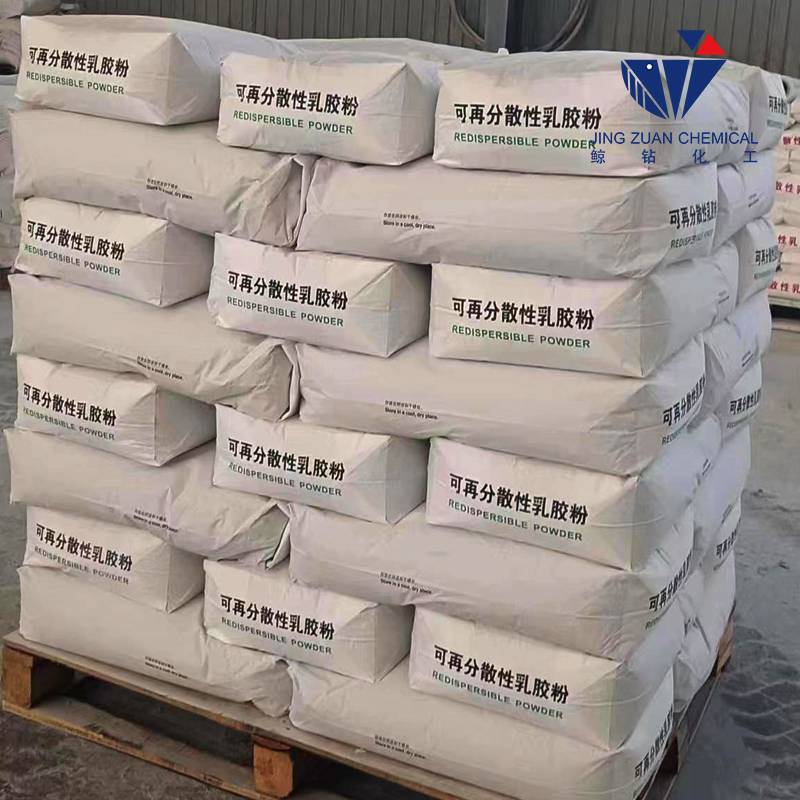
Dek . 22, 2024 17:47 Back to list
cellulose ether
Understanding Cellulose Ethers Applications and Significance
Cellulose ethers are a fascinating class of compounds derived from the natural polymer cellulose, which is the most abundant organic polymer on Earth. These derivatives play a crucial role in diverse industries ranging from pharmaceuticals and cosmetics to food production and construction. By modifying cellulose through etherification, cellulose ethers exhibit enhanced functional properties, making them invaluable in various applications.
What are Cellulose Ethers?
Cellulose, found primarily in the cell walls of plants, consists of long chains of glucose units linked by β-1,4-glycosidic bonds. To create cellulose ethers, hydroxyl groups (-OH) on the glucose units are replaced with ether groups, typically using alkyl or aryl groups. This modification results in a product that retains the fundamental structure of cellulose while gaining unique properties such as solubility in water and organic solvents, thermal stability, and improved mechanical strength.
Two of the most common cellulose ethers are methylcellulose (MC) and hydroxypropylmethylcellulose (HPMC). Methylcellulose is widely used due to its gel-forming capabilities and is often found in food products as a thickening agent. HPMC, with its enhanced solubility and adhesive properties, is frequently used in pharmaceuticals as a binder for tablets and as a film-forming agent in topical applications.
Applications in Different Industries
1. Pharmaceutical Industry Cellulose ethers play vital roles in the pharmaceutical industry, particularly as excipients in drug formulation. Their ability to form gels or films helps in controlling the release of active pharmaceutical ingredients (APIs), making drugs more effective and providing extended release profiles. HPMC is particularly valued for its use in controlled-release formulations, ensuring that medications can be released gradually over an extended period. Furthermore, methylcellulose is utilized in the production of tablets, where it acts as a binder and disintegrant.
cellulose ether

2. Food Industry In the food sector, cellulose ethers serve multiple purposes, including thickening, stabilizing, and emulsifying agents. Methylcellulose is often added to sauces, dressings, and dairy products, enhancing their texture and mouthfeel. Its unique property of forming a gel upon heating and returning to a liquid state upon cooling makes it particularly useful in food preparation techniques, such as molecular gastronomy. Additionally, cellulose ethers are recognized for their ability to improve the shelf life of food products by preventing moisture loss and enhancing their structure.
3. Cosmetics and Personal Care Cellulose ethers are widely utilized in the cosmetics industry for their thickening and film-forming properties. In lotions and creams, they help achieve an ideal viscosity and enhance spreadability. Hydroxypropylcellulose, for example, is commonly found in hair gels and skin care products. Moreover, their use in emulsions helps stabilize oil and water phases, ensuring a smooth and uniform product consistency.
4. Construction Industry In construction, cellulose ethers play a critical role as additives in cement and plaster. They enhance workability, improve adhesion, and increase water retention, which is essential for maintaining proper hydration during the curing process of cement. This results in improved mechanical performance of the final product. Methylcellulose, particularly, is favored for its ability to modify the rheological properties of construction materials, allowing for better handling and application.
Environmental Considerations
As the global focus on sustainability and eco-friendliness increases, cellulose ethers present an attractive option due to their renewable nature. Being derived from natural cellulose, their production is less taxing on the environment compared to synthetic alternatives. Furthermore, many cellulose ethers are biodegradable, which aligns with growing environmental standards and consumer demand for sustainable products.
Conclusion
Cellulose ethers are indispensable ingredients across numerous industries, thanks to their versatile properties and functionalities. From controlling drug release in the pharmaceutical sector to enhancing food textures, improving cosmetic formulations, and optimizing construction materials, these compounds showcase the wonders of chemical modification of natural polymers. As research continues to explore new applications and improve existing formulations, cellulose ethers will likely remain at the forefront of innovation, cementing their importance in our everyday lives.
-
Versatile Hpmc Uses in Different Industries
NewsJun.19,2025
-
Redispersible Powder's Role in Enhancing Durability of Construction Products
NewsJun.19,2025
-
Hydroxyethyl Cellulose Applications Driving Green Industrial Processes
NewsJun.19,2025
-
Exploring Different Redispersible Polymer Powder
NewsJun.19,2025
-
Choosing the Right Mortar Bonding Agent
NewsJun.19,2025
-
Applications and Significance of China Hpmc in Modern Industries
NewsJun.19,2025







